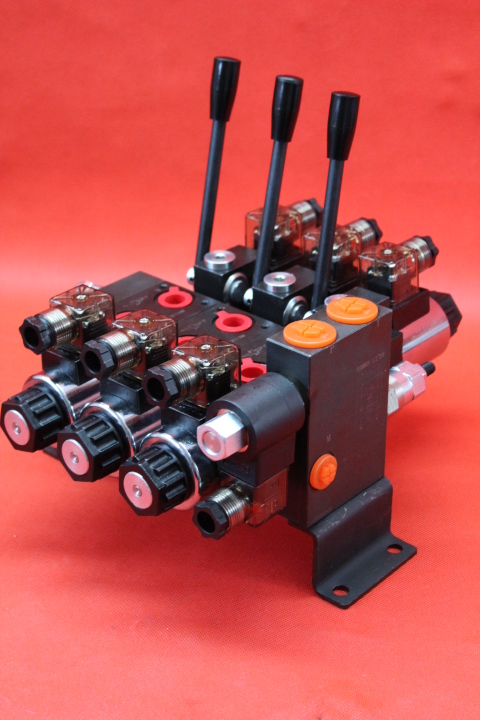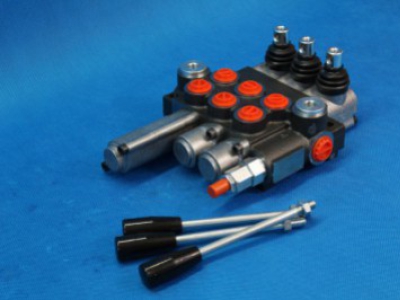HYDRAULIC VALVES
Hydraulic valves can be found in every hydraulic system. An essential element of any hydraulic system is a safety valve, otherwise known as an overflow valve, and a check valve that is used to protect the hydraulic pump. The rest of the elements present in the system controls and regulates the parameters and nature of the flow, and also controls the flow direction and movement of the receivers.

.JPG)
Characteristics of overflow and check valves:
The purpose of overflow valves (safety valves) is to determine the maximum pressure value for a given part of the hydraulic system. Reduction valves (also known as reducers or check valves) are designed to determine the appropriate pressure behind the valve.
The priority of overflow valves is to determine the maximum pressure value in the branch of the system that is upstream of the valve. When the pressure rises above the set value, the overflow valve opens and connects the given branch to the other, in which the lower pressure prevails.
Pressure reducing valves also known as check valves are used to determine the pressure value behind the valve. An important element of the valve is the piston, which on one side is loaded with spring force, and on the other the pressure that prevails behind the valve. As the pressure increases, the piston begins to move and choke the liquid supply to the pump. The check valve in a hydraulic motor works correctly when the pressure in front of it is higher than the pressure on the other side of the valve.
Hydraulic valves are used to control the flow of hydraulic fluid in the hydraulic circuit. The valves are activated mechanically or electronically. Valves found in hydraulic systems have different applications depending on their type and construction. Four types of hydraulic valves used in hydraulic systems can be distinguished: pressure valves, flow control valves, motion control valves and directional valves.
.JPG)
.JPG)
Directional valves are the most commonly used valves in the hydraulic system. Their task is to distribute the liquid in the appropriate branches of the hydraulic system. Directional valves cut off the flow of fluids or are used to directly control the operation of cylinders and hydraulic motors.
Pressure valves are designed to limit the achievement of the maximum pressure level present in the system. They are used to protect the system components against damage. Pressure valves are also direct-acting valves that drain excess liquid into the tank. Among the pressure valves we distinguish overflow, reduction, switching and regulating valves.
Motion control valves are used to protect the hydraulic system against fluid flow in the wrong direction. These valves also protect cylinders and hydraulic motors against excessive load or unwanted movement that can be forced externally.
Flow control valves, i.e. hydraulic distributors and shut-off valves, by changing the cross-section of the fluid flow allow control of the speed of operation of hydraulic cylinders and motors. Importantly, the flow rate is infinitely adjustable.
.JPG)
.JPG)
.JPG)


.JPG)
.JPG)